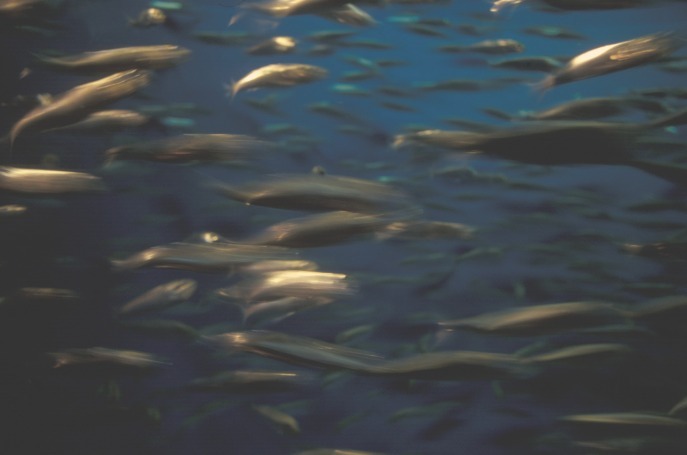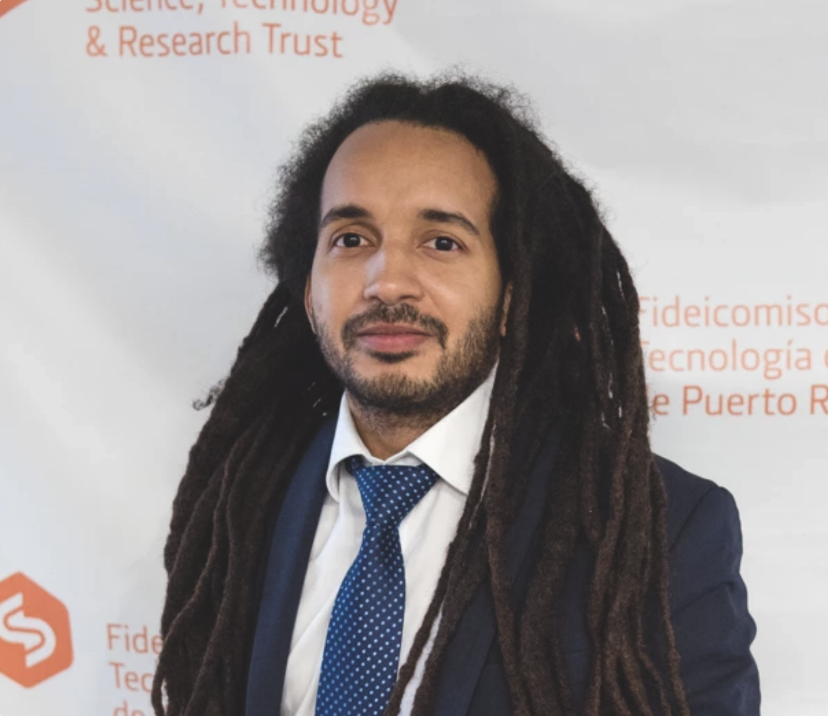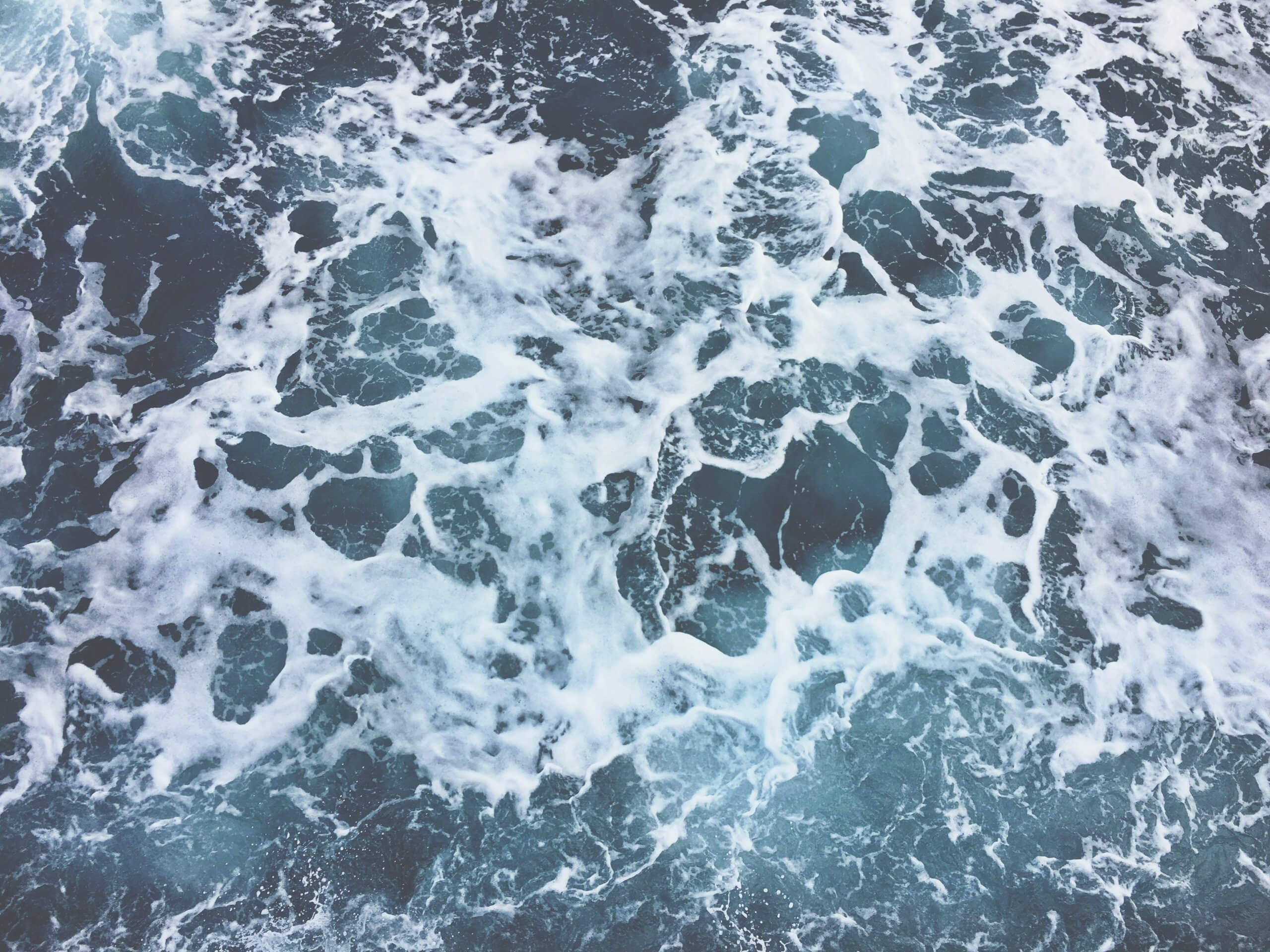Persistent plastics pose problems for the planet. (Say that five times fast!) While many groups and organizations have been working to document and combat the problem, it wasn’t until recently that several scientists took a bold step. By identifying a gap between existing science and outdated policy, the scientists were able to suggest a policy change that might really help the persistent plastics problem. By labeling some plastics as hazardous, they said, society will be forced to look at, manage, and treat plastics differently.
Behind this argument lies a story of two scientists – Ph.D. candidate Chelsea Rochman of UC Davis and Postdoc Dr. Mark Anthony Browne of NCEAS– and their journey of engagement and outreach that may ultimately help change the way that international and federal agencies approach the challenges of debris in the environment.
The story begins with big picture thinking. During Rochman and Browne’s day-to-day work, they assessed the scientific and policy landscape regarding debris: where it comes from, how it affects animals and humans, and identified existing strategies for combating the issue and compared their effectiveness.
Through several meetings with policymakers in the U.S. and Europe, Rochman and Browne realized that current policies for managing plastic and debris were scientifically out-of-date. “The plastic industry has never really been regulated properly… they’re a bit feral, to be honest,” said Browne.
So, for their science be effective, Browne and Rochman needed to take a step back, communicate it in a way that could be understood by those coming from different backgrounds, and present the data in a way that will be useful for outside audiences.
Their research showed that plastic accumulates everywhere, is often discarded without thought to its final destination, and ends up in the ocean through various waterways. In fact, only half of all used plastic is recycled or disposed of properly in designated landfills. Rochman and Browne realized that this was a social problem, which will require a social shift to solve. So, they devised a solution in which a change in policy could catalyze a wider social change.
Labeling some problematic plastics as hazardous would require them to be managed differently and more closely. This would increase the cost to produce and dispose of plastics, and therefore would use market levers to eventually pass the true costs of plastics to the consumer. Because consumers generally want safe products, Rochman and Browne reasoned that this change would at the very least give consumers pause when buying and disposing of plastic products.
Rochman and Browne reached out to the editors at Nature and landed an opportunity to submit their argument as a Nature Comment, which offered them a chance to spell out a proposed solution in detail. Their tangible proposed action: Label some plastics as hazardous to manage and control the amount of plastic waste that enters our oceans. Once their paper was accepted, Rochman and Browne knew that in order to reach the broadest audience possible, and to have any hope of seeding real policy change, that they would need to engage beyond academic circles, so they reached out to COMPASS.
With the support and coaching of COMPASS’ Nancy Baron, they followed the outreach guidelines we often give scientists engaging with the media, practiced their message, went over their findings, and prepped for the hard questions. They worked with their press office and COMPASS to reach out and share their story with interested reporters, and COMPASS helped to connect them to venues and reporters they may not have otherwise thought of. Their preparation paid off: In a letter to COMPASS, the scientists said, “This helped us spread our message to a broader audience, ultimately resulting in the communication of our Nature Comment internationally.”
The scientists were interviewed by media outlets including the New York Times, Los Angeles Times, BBC, NPR and National Geographic. They also noted receiving praise and feedback from government agencies, including U.S. EPA and the United Nations Environment Programme, as well as non-governmental agencies like the Center for Biological Diversity.
But what’s more, the scientists recently learned that their work may have helped to influence a real-world policy discussion. Browne and Rochman learned that their paper got the attention of a regional EPA program charged with monitoring plastic pollution in the Pacific Southwest. Amid ongoing government budget cuts, new funding streams can be hard to come by. But, the paper’s recommendation to list several types of plastic as hazardous has sparked a conversation about the role of plastic cleanup that could open up a whole new suite of funding streams. If some plastics were labeled as hazardous, for example, then it would be possible to label plastic-laden habitats as Superfund sites, allowing managers to access new funding streams for cleanup.
While it remains to be seen if some plastics will be labeled as hazardous, the paper has already sparked ongoing discussion regarding the scientific accuracy of policies and how we view plastics among decision-makers… and that’s exactly what the scientists set out to do. Ultimately, because the scientists saw the big picture, made their science useful and then promoted it with effective outreach, science was brought to the table at the right place and the right time so that the public, policymakers, and industry can make decisions using the best available scientific information.



